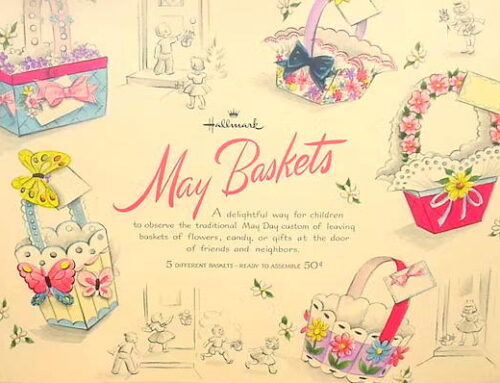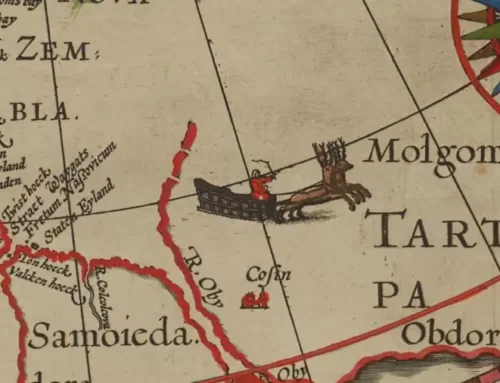Yesterday, when I asked my husband if he’d ever heard of Franksgiving, he perked up. Looking hopeful, he said, “Hot dogs?” And then I dashed his dreams of sleeping in on Thanksgiving, instead of getting up at dawn to babysit a turkey in an oven.
The political brouhaha dubbed Franksgiving arose in 1939…and it had to do with Christmas shopping and the President of the United States.
Franksgiving or Thanksgiving?
In 1863, Abraham Lincoln proclaimed the last Thursday in November as a national holiday for giving thanks. In the years following, the date of Thanksgiving was left to the discretion of the President. Over time, the last Thursday of November became the traditional date used in presidential proclamations.
Custom also dictated that Christmas merchandise and decorations only came out in stores after Thanksgiving. In 1933 and in 1934, years with five November Thursdays, retailers pleaded with FDR to move the date back a week to spur holiday sales. FDR declined, citing disruption football schedules. But the matter arose again in 1939.
That year, retailers again feared that a late Thanksgiving (November 30) could hurt Christmas sales. This time FDR relented. According to The New York Times, the urging of “department stores, general stores, small stores, and almost every kind of store,” influenced FDR’s decision. Roosevelt announced on April 14, 1939, that Thanksgiving would be on November 23 instead of the expected November 30.
Storm in a Presidential Teacup
“Changing the date seemed harmless enough, but it proved to be quite controversial,” notes Prologue, the National Archives magazine. Small business owners, calendar publishers, and the lobbyist for the poultry industry sent letters of protest.

“Holiday Highlights,” a Merrie Melodies cartoon, poked fun at the controversy. https://www.dailymotion.com/video/x29hp6p
The backlash quickly became partisan. Republicans denounced FDR for dishonoring Lincoln’s memory. FDR’s 1936 opponent Alf Landon declared that the president was attacking “an unprepared country with the omnipotence of a Hitler.” Sen. Styles Bridges of New Hampshire suggested that while Roosevelt was at it, he should abolish winter.
The minister of Plymouth’s Church of the Pilgrimage called the move “a calloused attack on a religious tradition.” Atlantic City mayor Charles White came up with Franksgiving as a portmanteau word to deride FDR.
Some governors defied the move with proclamations of their own declaring November 30th as Thanksgiving. And so, depending upon where one lived, Thanksgiving was celebrated on either the 23rd and the 30th. Some states even decided to have two Thanksgivings that year.
Confusion in 1940
After FDR’s reelection, enquires arrived at the White House regarding the 1940 date (see featured image above). FDR persisted, proclaiming the third Thursday in November as Thanksgiving (see featured image above).
Legislation drafted in 1941 took the decision out of the president’s hands by making Thanksgiving a federal holiday. But the House and Senate disagreed. As Archives.gov notes, “On October 6, 1941, the House passed a joint resolution declaring the last Thursday in November to be the legal Thanksgiving Day. The Senate, however, amended the resolution establishing the holiday as the fourth Thursday, which would take into account those years when November has five Thursdays. The House agreed to the amendment, and President Roosevelt signed the resolution on December 26, 1941, thus establishing the fourth Thursday in November as the Federal Thanksgiving Day holiday.”
Franksgiving in Popular Culture
In addition to the Merrie Melodies cartoon (above right), there are other references in popular culture to this brouhaha. My favorite is from the Fred Astaire film Holiday Inn (see above). It’s a great film for Thanksgiving viewing (minus the reprehensible February blackface part). A happy and healthy Thanksgiving to you all, on this fourth Thursday in November.





Leave a Reply